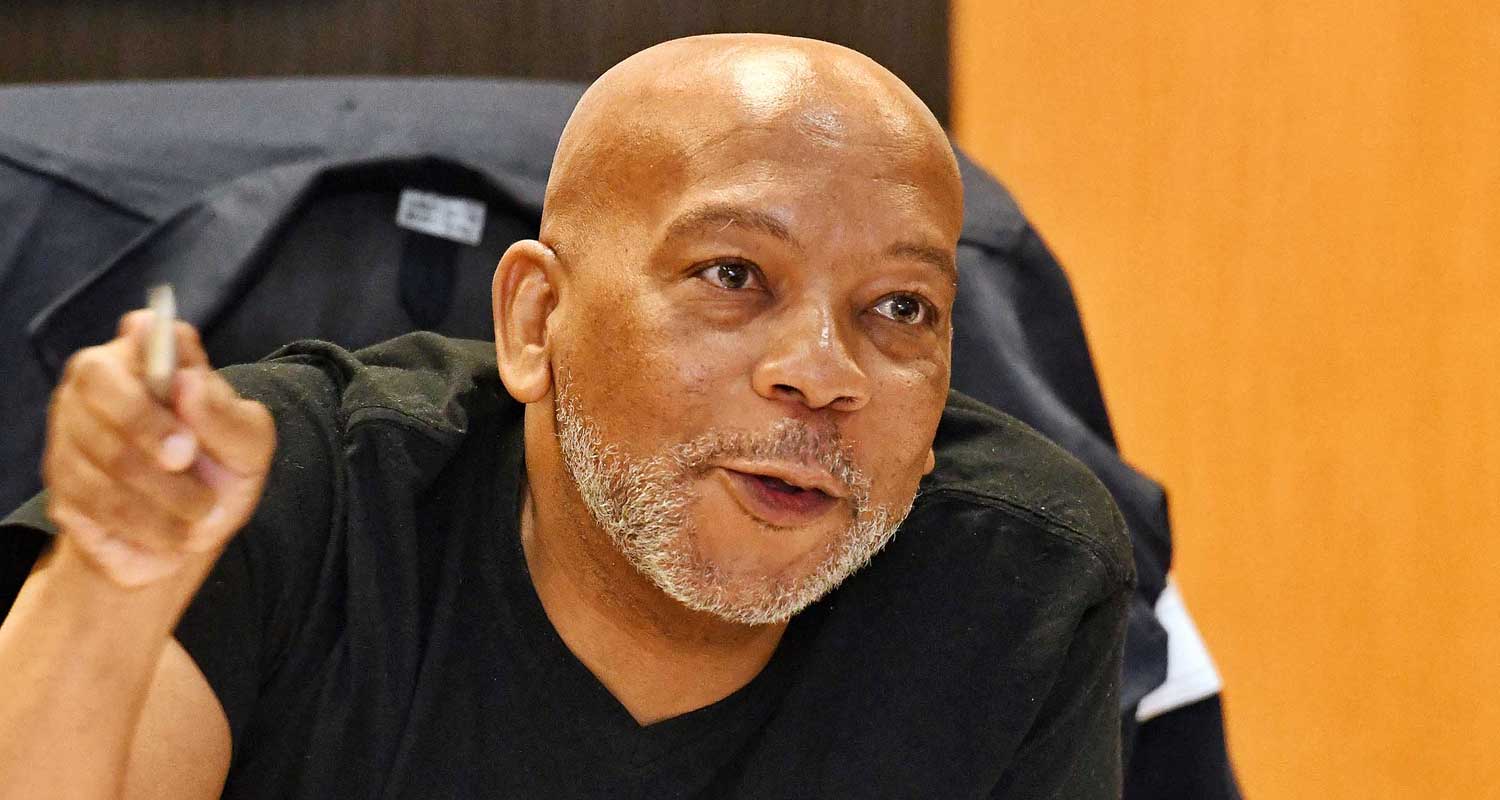
Although the demand for electricity is increasing, Eskom is able to maintain a much lower stage of load shedding due to the improvement of the energy availability factor, electricity minister Kgosientsho Ramokgopa said.
Addressing a virtual media briefing on Sunday, Ramokgopa said Eskom is much closer to achieving its target of 70% EAF.
“The EAF has been consistent on an average of 60% for the past 14 days. We are getting much closer to the target of 70% EAF that we had promised, and the benefit will be to the South African economy, households and the ability to ensure that we achieve the levels of growth that are necessary to improve the performance of the economy,” Ramokgopa said.
Eskom is currently implementing load shedding in some areas due to high demand or urgent maintenance being performed at certain power stations.
“At this stage, we are looking at stage 0 during the day and stage 3 in the afternoon but there is a potential of us going into stage 1 and stage 4,” said Eskom’s Eric Shunmugam.
Outlining some of Eskom improvements, Shunmugam said the five-day average of energy availability over the past week has significantly improved from the previous week.
“We have added about 400MW and that is significant, as it illustrates a consistent improvement… The more the units perform, the more opportunity to execute planned maintenance.”
Below 15GW
The unplanned capability lost factor, which is the rate at which units are failing, has come down by about 700MW on average. The country is sitting at a five-day average of 15.2GW versus the previous 15.9GW.
“For the first time, we are beginning to go below 15 000MW. We have registered multiple instances where we have gone below the 15 000MW of unplanned capability lost factor, which is an illustration of the degree to which improvements are made, and we are able to keep that consistent over a period of time,” Ramokgopa said.
Ramokgopa said an area that requires attention is the issue of outage slips, which refers to the inability to meet the promise to return units at a time that had been committed to.
The minister welcomed the decision by the department of forestry, fisheries & the Environment’s National Air Quality Officer to grant the organisation a postponement in terms of the Minimum Emission Standards (MES) pertaining to the sulphur dioxide (SO2) emission levels at Kusile power station.
 This means that Eskom will be able to operate the three units without the use of the Flue Gas Desulphurisation (FGD) plant, which is equipped with emission-abatement technology for SO2, for a period of up to 31 March 2025, while the flue gas ducts in the permanent stack are being repaired.
This means that Eskom will be able to operate the three units without the use of the Flue Gas Desulphurisation (FGD) plant, which is equipped with emission-abatement technology for SO2, for a period of up to 31 March 2025, while the flue gas ducts in the permanent stack are being repaired.
“That is significant in that it will allow us to return three units at Kusile. We are talking about 2 400MW, and that is two-and-a-half stages of load shedding. Eskom will do anything that is possible to ensure that we [mitigate the] impact of sulphur dioxide that gets emitted into the environment.”




